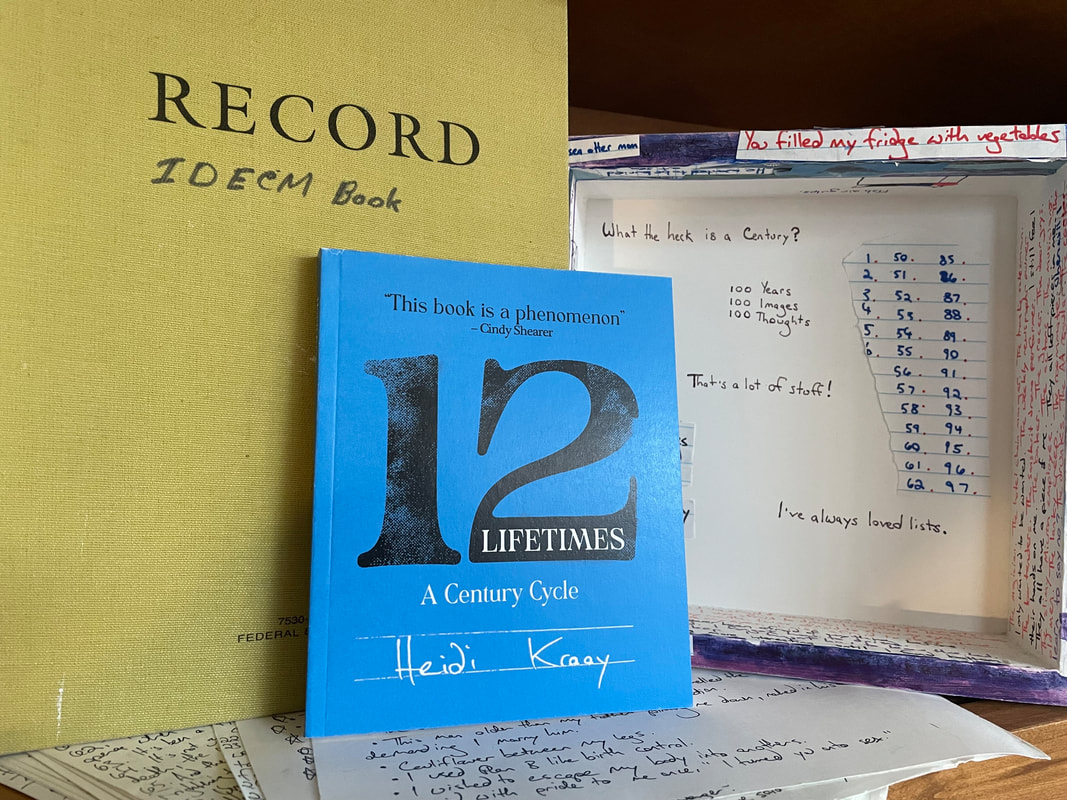|
In December, Modern Mythographer Press published my first book, 12 Lifetimes: A Century Cycle, a collection of memoir-adjacent poetic-essays in the ancient century form. Below is a reflection of my process of this project, from inception to release, also in the century form.
0 Comments
|
Like what I'm posting? You can leave me a tip!
$1, $10, $100, whatevs :) Heidi KraayProcess notes on a work in progress (me). This mostly contains raw rough content pulled out of practice notebooks. Occasional posts also invite you into the way I work, with intermittent notes on the hows and whys on the whats I make. Less often you may also find prompts and processes I've brought to workshops, as well as surveys that help me gather material for projects. Similar earlier posts from years ago can be found on: Archives
April 2024
Categories
|

 RSS Feed
RSS Feed